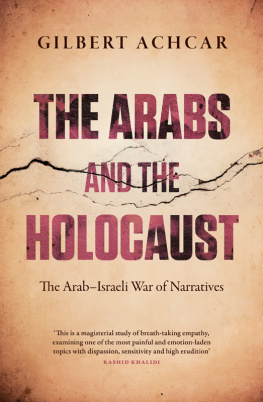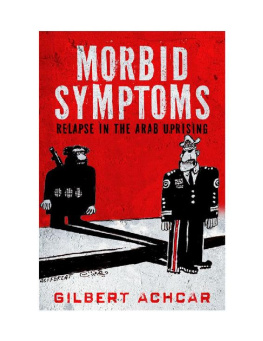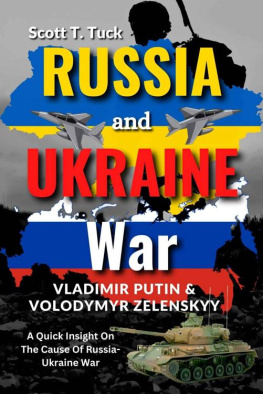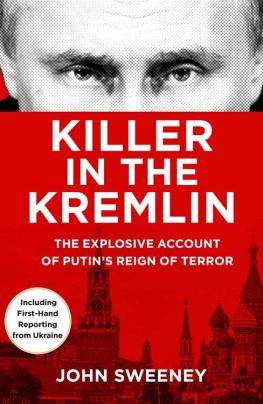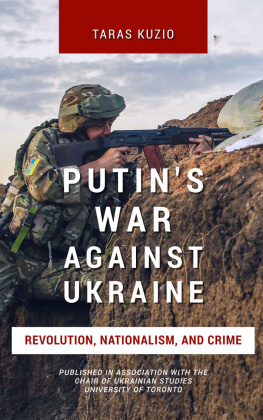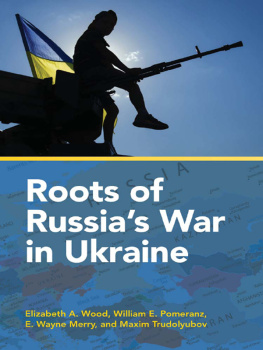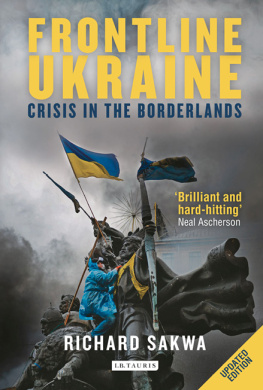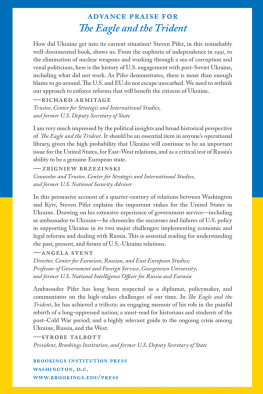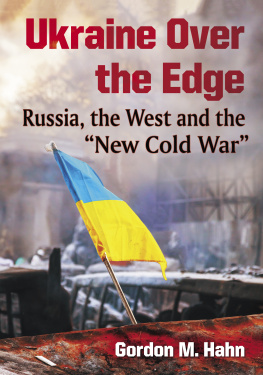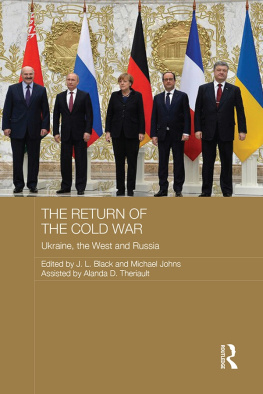Contents
Landmarks
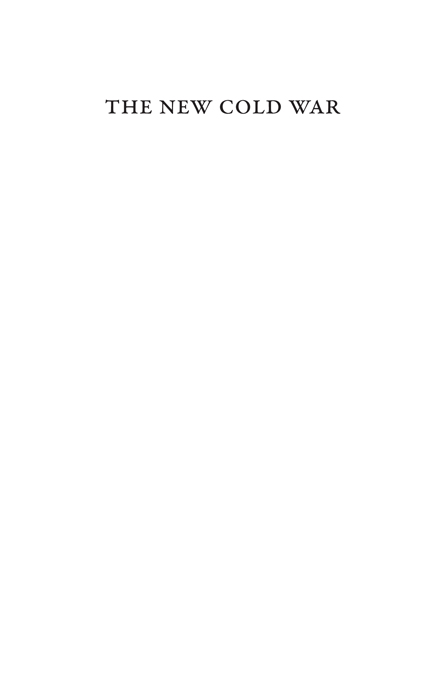
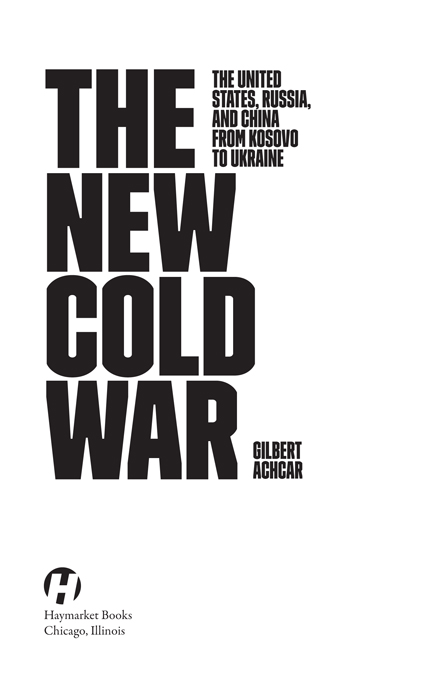
2023 Gilbert Achcar
Published in cooperation with The Westbourne Press in London
Published in 2023 by
Haymarket Books
P.O. Box 180165
Chicago, IL 60618
773-583-7884
www.haymarketbooks.org
ISBN: 978-1-64259-940-4
Distributed to the trade in the US through Consortium Book Sales and Distribution (www.cbsd.com) and internationally through Ingram Publisher Services International (www.ingramcontent.com).
This book was published with the generous support of Lannan Foundation and Wallace Action Fund.
Special discounts are available for bulk purchases by organizations and institutions. Please email for more information.
Cover design by Matt Avery.
Library of Congress Cataloging-in-Publication data is available.

List of Figures
Introduction
Chapter One
Chapter Three
Chapter Four
Conclusion
Preface
Unsurprisingly, Russias invasion of Ukraine triggered a deluge of comments on the shape of international relations along the geopolitical EastWest divide, which is still ongoing. The reference to a New Cold War has inevitably been dominant in these comments. At a time when animosity in relations between Russia and the geopolitical West has reached a peak matching the most worrying moments of the Cold War, it is a striking paradox that many commentators have heralded the beginning of a New Cold War. Others shied away from going so far, contenting themselves with warnings against the potential advent of a New Cold Waras if it was not already in full swing. Since the turn of this century, there have been myriad announcements of the start of a New Cold War, or warnings against its potential occurrence, intermittently surging after each period of EastWest tension, like mushrooms after the rain.
The chaotic state of the debate about this seemingly elusive notion of a New Cold War points to a lack of clarity about what cold war means in the first place. This books introductory chapter is therefore dedicated to the exploration and clarification of that concepta prerequisite for any meaningful discussion of its uses. My own understanding of it, combined with my assessment of the 1999 Kosovo War, led me to diagnose the beginning of what I have called a New Cold War since that tense end to the twentieth century. In the wake of the Kosovo War, I wrote in French a piece titled Rasputin Plays Chess: How the World Stumbled into a New Cold War, which I publishedalong with a previous article of mine titled The Strategic Triad: The United States, Russia and China written in 1997 and first published in English translation the year after, in the New Left Reviewin a little book titled La Nouvelle Guerre froide: le monde aprs le Kosovo (The New Cold War: The World after Kosovo), which came out in 1999.
I have always regretted acquiescing in that decision, which buried my book and its original thesis in a compilation of contributions of over 400 pages. I have therefore been intending ever since to reissue my two pieces separately in English, in order to bring forward their thesis about the New Cold Warwhich I believed to be vindicated by subsequent eventsand to seize this opportunity to update my analysis. Various circumstances have conspired to distract me from that project. However, I was finally convinced to put other projects on hold by the new crisis over Ukraine that started to unfold in the spring of 2021, which I saw as a culmination of the process that had gestated in the 1990s. The exponential increase in references to the New Cold War both in the media and in titles of books and journal articles since the previous crisis over Ukraine in 2014, and deteriorating relations between Washington and Beijing, especially after Donald Trump became president in 2017, were an additional incentive.
The present book is the result. The two previous chapters of which my 1999 book is comprised are reproduced hereafter as Part I of the present book, without alteration except for copyediting homogenization and a few translation fixes. The purpose of this is not to deliver an I told you so but to demonstrate that it was possible to recognize two decades ago that the world had been put on a course that could lead to the present highly explosive situation. It is my firm belief that those two chapters have lost none of their relevance and that their detailed consideration of the events of the 1990s is crucial for the understanding of the present world situation, which is indeed why I decided to make them available to todays readers and consequently submit them to their critical judgment. They are preceded by the introductory chapter already mentioned and followed by a longer section of this book (Part II), which comprises two new chapters: the first on Russias evolution under Vladimir Putin, and the second on Chinaboth countries being primarily considered from the angle of their foreign policy and relations with the United States, including an assessment of the interaction of these policies with domestic factors in each country.
London, 14 July 2022
Acknowledgments
Ilya Budratskis and Au Loong-yu have read and commented on Chapters 3 and 4, respectively. Ashley Smith did likewise for the whole manuscript on behalf of Haymarket. Charles Peyton edited the book very thoroughly and usefully. (1997) had benefited from comments by members of the CIRPES (Centre interdisciplinaire de recherches sur la paix et dtudes stratgiques, cole des hautes tudes en sciences socialesEHESS, Paris), especially those of its director Alain Joxe and of Maurice Ronai. I extend my gratitude to all of them, while remaining solely responsible for the views and any errors included in this book.
I am also thankful to Presses Universitaires de France for their reversion of the rights to my 1999 work and to Verso Books for their permission to use the English translation that is reproduced in Part I of this book.
INTRODUCTION
On Cold Wars and the New Cold War
The designation New Cold Waralong with Second Cold Warwas used before 1990 to describe the flare-up of tensions between Washington and Moscow that followed Ronald Reagans accession to the US presidency in 1981. It was actually a misuse of the concept, for the rather obvious reason that the policy of dtente initiated by Richard Nixon in 1969 had in no way brought the Cold War to an end. It was only a decrease in tension in a protracted confrontation, short of direct belligerence, between the two Cold War superpowers. Historians rightly refer today to the Cold War as a single period that goes from the aftermath of the Second World War to the sequence of events from the fall of the Berlin Wall in 1989, the unification of Germany in 1990 and the subsequent disintegration of the USSR by the end of the following year.
Early Warnings of a New Cold War
In the year 2000, in the wake of the Kosovo War, one of the towering figures of the study of international relations, Kenneth Waltzthe foremost advocate of structural realism or neorealism, essentially a version of balance of power theorypublished an important article in the Harvard University journal


